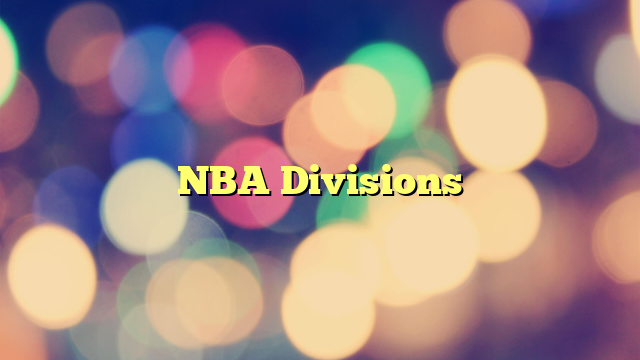From the epic rivalries of the Lakers and Celtics to the nail-biting playoff races, the NBA thrives on competition. But did you know this competitive fire is further stoked by the league’s division system? These six mini-leagues within the larger conferences create a sense of regional pride, intensify rivalries, and play a crucial role in the regular season schedule. Let’s slam dunk into the world of NBA divisions and explore their history, purpose, and impact on the game we love.
List of NBA Divisions:
It all started in 1946 with the Basketball Association of America (BAA), the NBA’s predecessor. Back then, with just 11 teams, they were divided into East and West divisions. Fast forward to today, with 30 teams, the landscape has evolved. Now, we have six divisions:
- Eastern Conference:
- Atlantic Division
- Central Division
- Southeast Division
- Western Conference:
- Northwest Division
- Pacific Division
- Southwest Division
More Than Just Geography: While geographical proximity played a role in creating divisions, it’s not the sole factor. The NBA considers team rivalries, historical significance, and competitive balance when making divisional alignments. This ensures each division is a hotbed of competition, with teams battling for both divisional bragging rights and playoff positioning.
The Perks of Playing Division Rivals: Each team plays their divisional foes four times a year, resulting in intense rivalries that add spice to the season. Imagine the Celtics-Knicks battles in the Atlantic, or the Golden State-Clippers clashes in the Pacific. These frequent matchups breed familiarity, fueling both on-court intensity and passionate fan bases.
Scheduling Symphony: Divisions play a key role in crafting the season’s 82-game schedule. They ensure each team plays a majority of games against conference opponents, while also guaranteeing divisional rivalries and some inter-conference matchups. This balanced approach fosters excitement and variety throughout the season.
Beyond Bragging Rights: While divisional titles don’t directly impact playoff seeding, they carry significant prestige. Winning your division signifies dominance within your region and sets the stage for a strong playoff run. Remember, momentum and confidence are crucial in the postseason, and a divisional championship can provide that extra boost.
The Future of NBA Divisions:
As the NBA landscape evolves, the role of divisions may also change. Some argue for a more flexible system, while others value the traditional rivalries and scheduling benefits. Regardless of the future, one thing’s for sure: NBA divisions will continue to shape the narrative of the regular season, adding a layer of competition and excitement that keeps fans hooked.
So, the next time you watch an NBA game, remember the divisions at play. They’re not just lines on a map, but catalysts for rivalries, strategic scheduling, and ultimately, the thrilling story of the NBA season. Now, grab your jersey, choose your favorite division, and get ready to witness the magic unfold!


